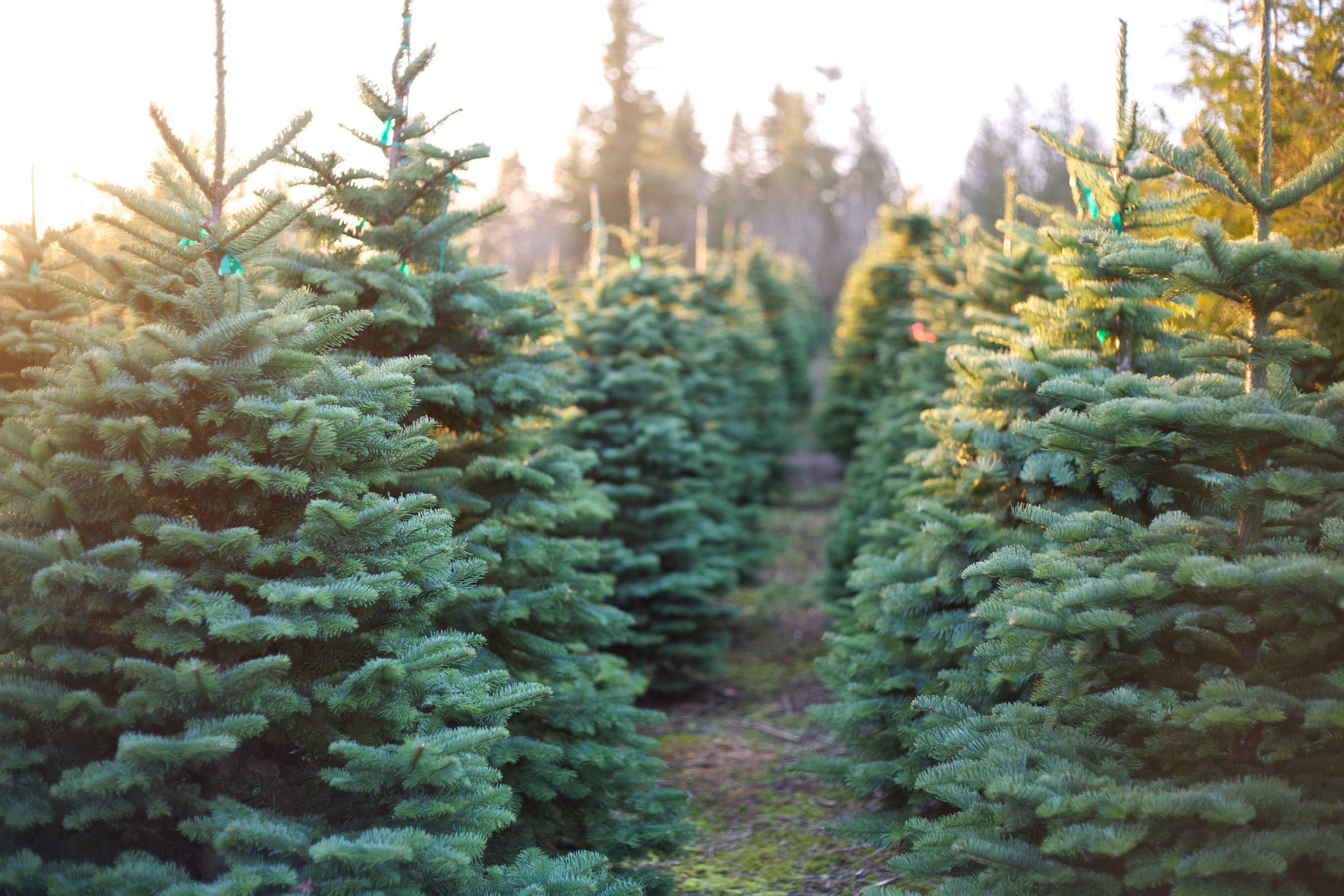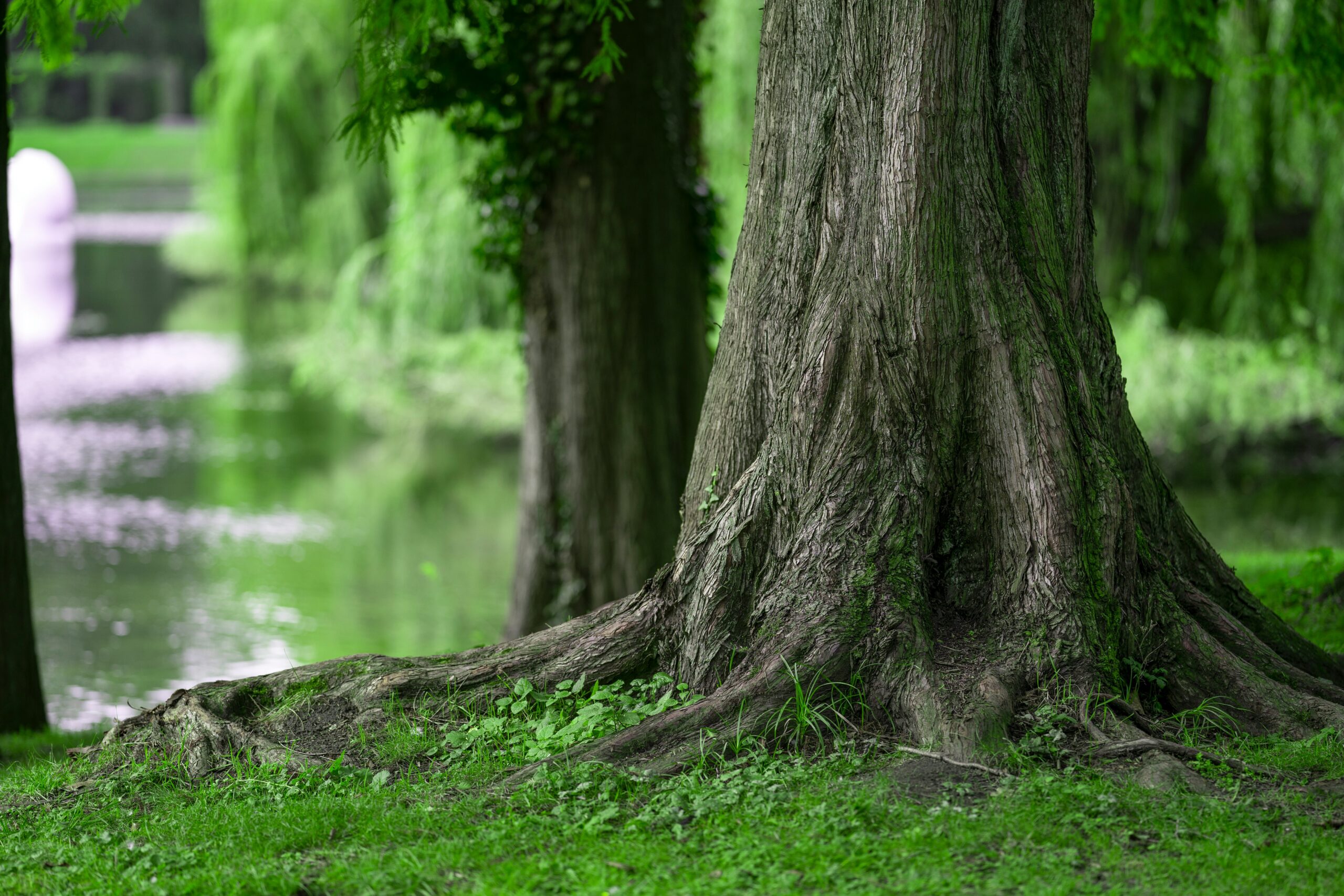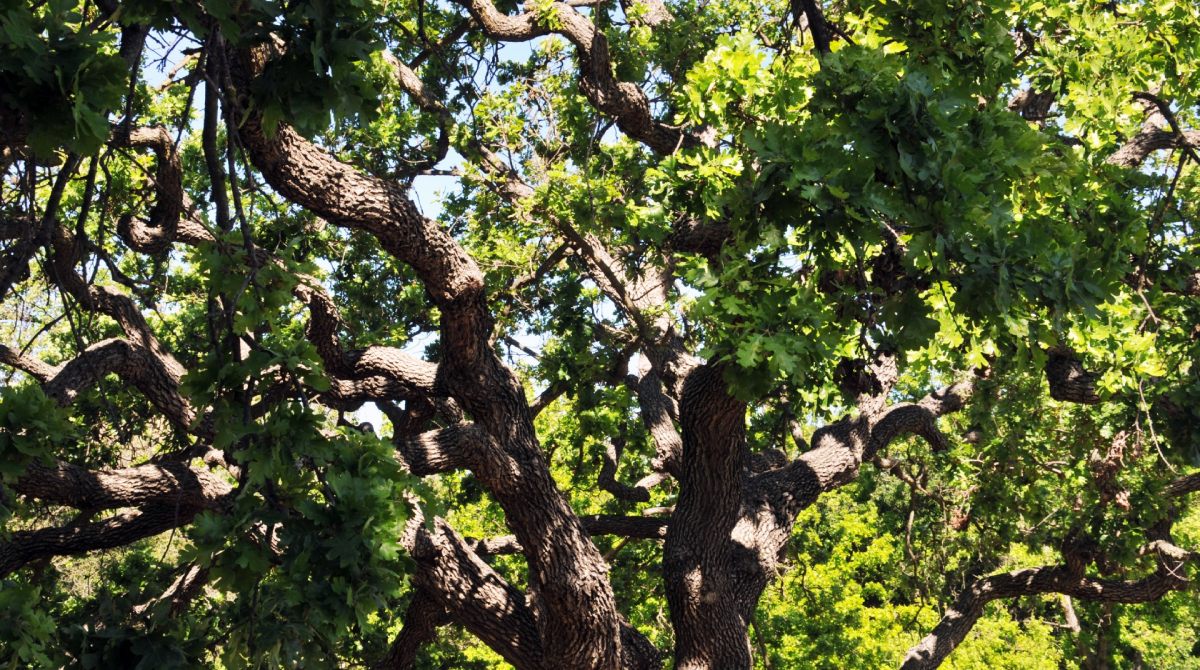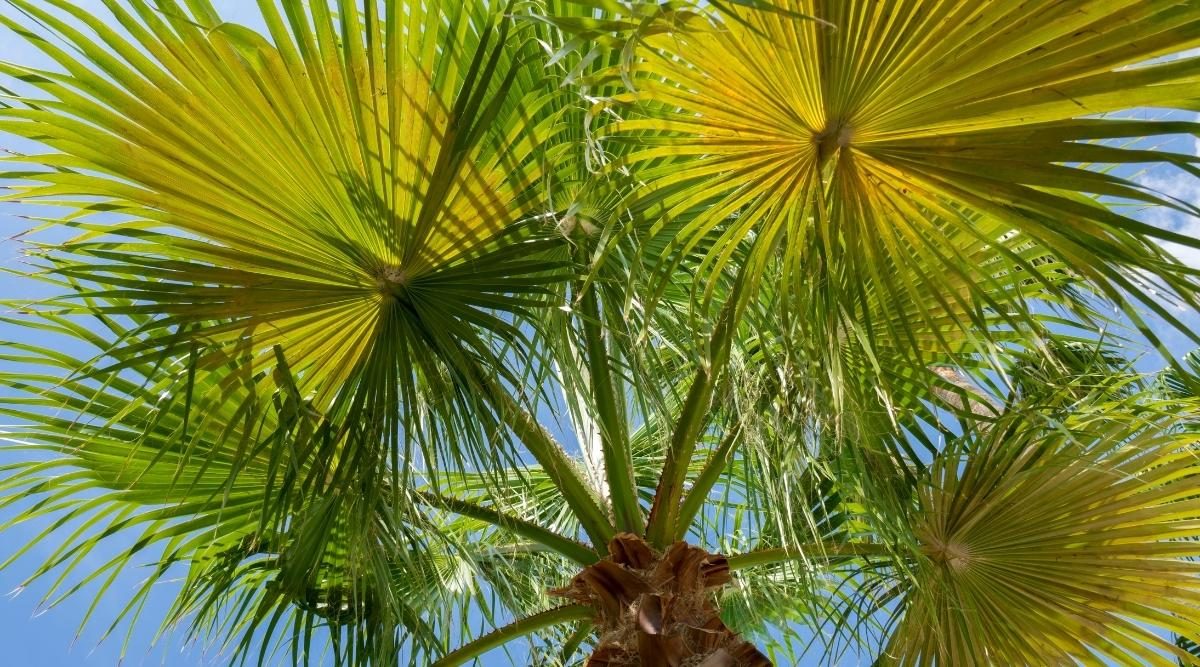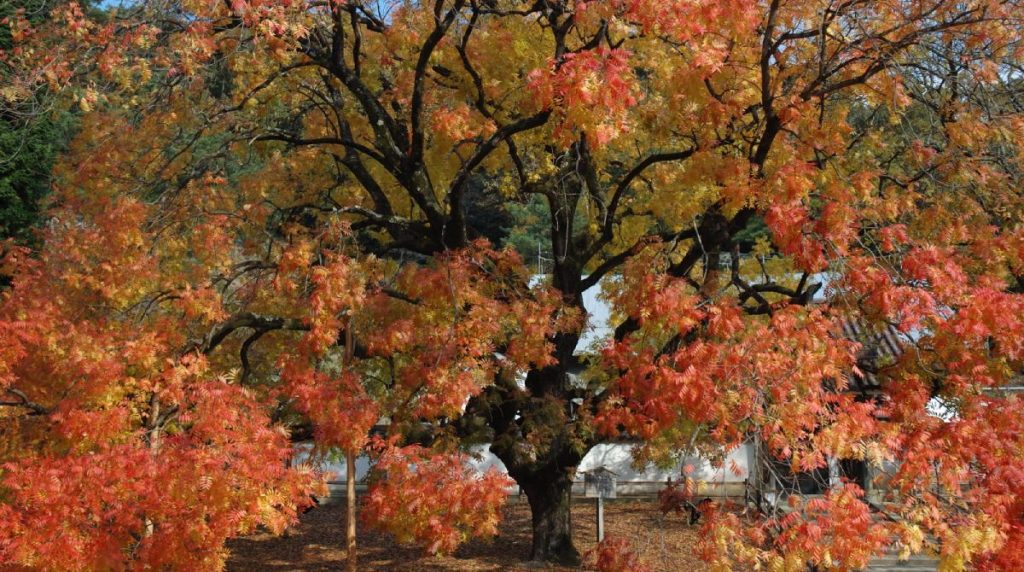
Date June 12, 2022
Category
The Chinese Pistache Tree is a popular ornamental tree that can be found in many yards and parks throughout North Texas. While this tree is relatively easy to care for, sometimes homeowners experience problems with these trees. Here at TreeNewal, our ISA Certified Arborists want to help our customers learn how to handle these issues before they become too big of a problem. In this blog post, we will discuss some of the most common Chinese Pistache Tree problems and how to handle them!
The Basics of Chinese Pistache Trees in North Texas
The Chinese Pistache Tree is a deciduous tree that can grow up to 40 feet tall and wide. These trees are known for their beautiful fall foliage, which ranges in color from yellow to orange to red. The Chinese Pistache Tree is also drought-tolerant, making it an excellent choice for North Texas homeowners. The best sun exposure for these trees is in full sun, but they can also tolerate partial shade.
Common Chinese Pistache Tree Problems
While the Chinese Pistache Tree is generally a low-maintenance tree, there are a few problems that homeowners may experience. Some of the most common issues include:
Leaf Scorch
One of the most common problems with Chinese Pistache Trees is leaf scorch. This can happen when the tree is not getting enough water or if the soil around the tree is too dry. If you notice that your tree’s leaves are starting to turn brown and crisp, this is a sign of leaf scorch.
- To prevent this problem, make sure to water your tree regularly and keep the soil around it moist. If the problem has already started, you can try spraying the leaves with a hose or giving the tree a deep watering.
Powdery Mildew
Another common issue with these trees is powdery mildew. This fungal disease can cause the leaves of your tree to become covered in a white, powdery substance. Powdery mildew is most commonly seen during periods of frequent rains, high humidity, and mild temperatures.
- Good maintenance and keeping the tree healthy can make the tree more resistant. If the problem has already started, you can treat the tree with a fungicide.
Verticillium Wilt
Verticillium wilt is a fungal disease that can affect Chinese Pistache Trees. This disease can cause the leaves of your tree to turn yellow and drop off. It can also cause the branches of your tree to die back. If you think your tree may have Verticillium Wilt, it is vital to contact a certified arborist immediately for help to mitigate the problem.
- To prevent this disease, make sure to plant your tree in well-drained soil and avoid overwatering it.
Girdling Roots
Another frequent problem that can affect Chinese Pistache Trees is girdling roots. This happens when the roots of your tree start to grow around the trunk of the tree, constricting it. Why does this happen? It is often caused by planting the tree too deeply, compacted soil, or damage to the roots. This can cause the leaves of your tree to turn yellow and drop off. If you think your tree may have girdling roots, do not wait to seek help from an ISA Certified arborist. They will be able to determine if the problem can be fixed or if the entire tree needs to be removed.
- To prevent this problem, inspect trees for small girdling roots before it is planted and remove them. Make sure it is planted appropriately, and not too deeply.
Borers
Borers are a type of insect that can tunnel into the trunk and branches of a tree, causing damage. Borers are most likely to attack trees that are already stressed, so it is important to keep your Chinese Pistache Tree healthy and free from stressors. If you think your tree has borer damage, have a tree professional first confirm the presence of borers before coming up with a treatment plan.
- Prevent borers by keeping your tree healthy and free from stress.
Preventing Problems with Chinese Pistache Trees
Overall, the best way to prevent problems with Chinese Pistache Trees is to care for them properly. Here are a few general tips:
Water Consistently
Chinese Pistache Trees need about an inch of water per week. Be sure to water deeply, so that the roots can absorb the moisture.
Fertilize Yearly
Fertilize your Chinese Pistache Tree once a year in the spring, using a balanced fertilizer.
Prune Regularly
Prune your Chinese Pistache Tree every two to three years, to remove any dead or damaged branches.
TreeNewal Can Handle It
By following these tips, you can help prevent common problems with Chinese Pistache Trees. If you do notice any problems with your tree, be sure to contact a certified arborist for help. TreeNewal is a Dallas/Fort Worth-based arboriculture company that specializes in tree care and can help you with all of your tree needs, from planting to pruning to disease treatment. Contact us today to learn more!
If you need advice or assistance with managing your Chinese Pistache trees, get in touch with the ISA Certified Arborists at TreeNewal and enjoy tailored tree care advice.
To learn more about Chinese Pistache Tree Problems: How to Handle Common Issues, call our Argyle and Southlake-based teams
at (817) 592-6846 or send us a message.
We’re a little different than the average tree services company.
Learn more about TreeNewal’s ISA Certified Arborists!
Our Dallas/Fort Worth-based tree doctors can explain how sustainable tree care services add more value to your bottom line.
Healthy trees, healthy lives.
